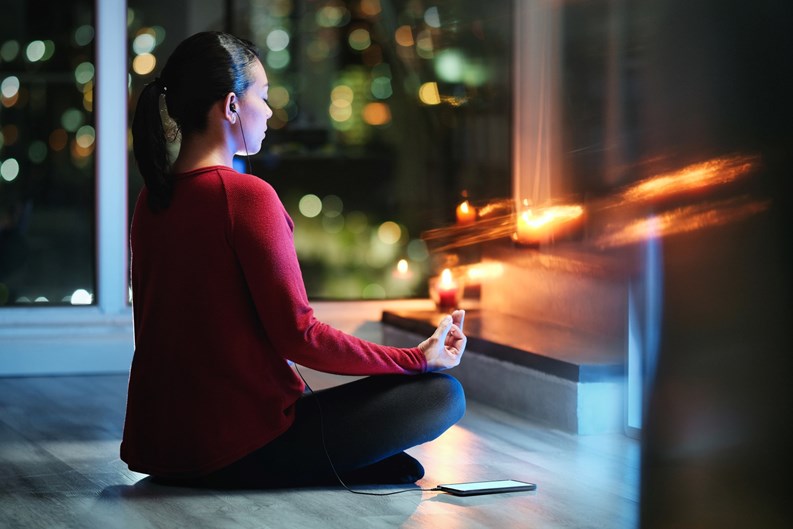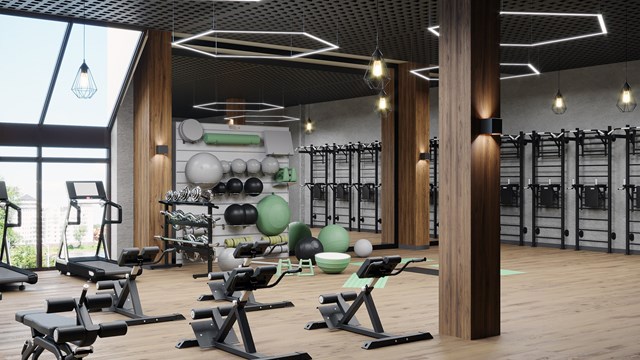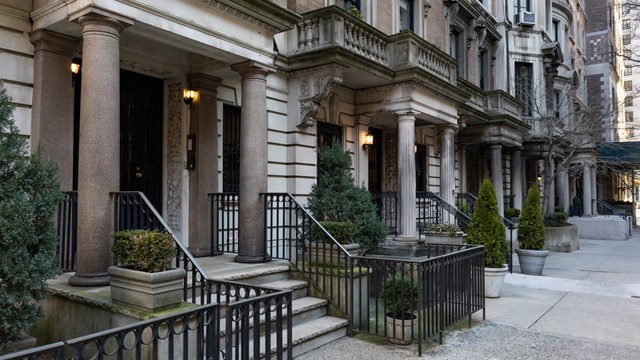With limited space, neighbors on all sides, and no back (or front) yards, apartment living has always been about the amenities. The newest must-have? Quiet rooms. A direct outgrowth of pandemic-related limitations and peoples’ desperate need to get out of their apartments, quiet rooms provide a place to work, relax, or seek peaceful diversion without leaving your building.
What Exactly is a Quiet Room?
“A quiet room is simply a room that can be isolated from a larger multi-purpose or community room,” says Marilyn Sygrove, principal of Sygrove Associates Design Group in NYC. “The purpose of isolating the space from other surrounding spaces is so that it can be used while other events or activities are taking place simultaneously in the larger space. Quiet rooms are designed for video or conference calls, quiet work that requires focus, meetings, tutoring for students, playing board games, hosting private luncheons and dinners, even wine tastings.”
Design Requirements
A quiet room is generally adjacent to, nearby, or even a part of a larger multi-purpose space, but is separated from the larger area with walls and a movable door. “The space would have operable sliding doors that can be opened to add space to the greater communal room, as needed,” says Sygrove. “In terms of furniture or equipment, she continues, “a large flatscreen TV is often used, a round table and chairs for work/study, meetings, and potentially meals, and depending on the space, we like to do a bookcase with accessories to warm it up.”
“One quiet room that we did at The Belair in Forest Hills a few years back was actually carved out of an oversized but underutilized lobby space,” she says. “We added glass sliding doors so residents could see if someone was in there. It has been used for tutoring, small meetings, and most important, as an escape-from-your-apartment space. Otherwise dead space can be easily converted to useful quiet space. Even if it’s used infrequently, it is an amenity/sales tool that fuels sales.”
Many communities found during the worst of the pandemic that having a separate, designated space for smaller gatherings of, say, six to eight people, or even for single-person occupancy, wasn’t just appealing - it was needed. While covid may have waned, that appeal remains strong. “Residents do like to work and gather in beautiful spaces that are convenient within their building and provide an alternate space” to their own units, notes Sygrove.
The Rules
Sygrove says that generally, she has found that designing and designating a quiet room in a multifamily building or HOA creates little to no conflict among residents. Tension only comes up if someone is inconsiderate and breaks the rules set by the board. Of course it goes without saying that scheduling is key to the success of a quiet room. If one resident plans a six-person dinner party in the room at the same time a neighbor expects to use the space for their kid’s math tutoring session, naturally there may be friction. The antidote to this is a clear, sensible system for reserving time in the space to prevent such overlap.
Another possible point of contention: are quiet rooms child-free zones? They can be, but they certainly don’t have to be. Again, scheduling is the key. “While quiet rooms can be child-free,” explains Sygrove, “it’s more likely that children are welcome, with supervision.” Supervision requirements, age limits, and other rules are up to the board to formulate and enforce. “If a young person is getting tutored, that is supervised,” says Sygrove.” If a family is playing board games, that is supervised. If a small group wants to watch a video together, that is supervised.”
As our communities continue to grow and evolve post-covid we continue to see the adaptation of design and amenity packages that respond to needs resulting from the pandemic. Quiet rooms are one of them, and they are here to stay, peacefully and unobtrusively.










Leave a Comment